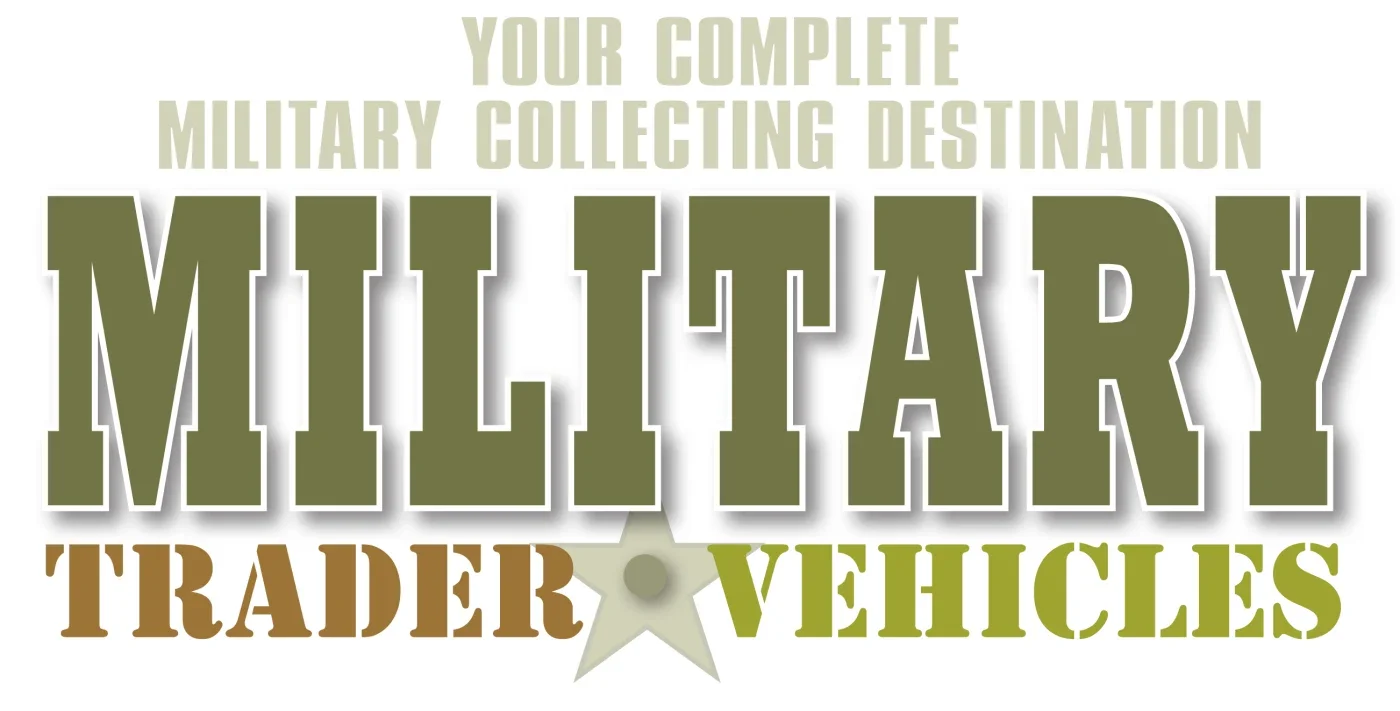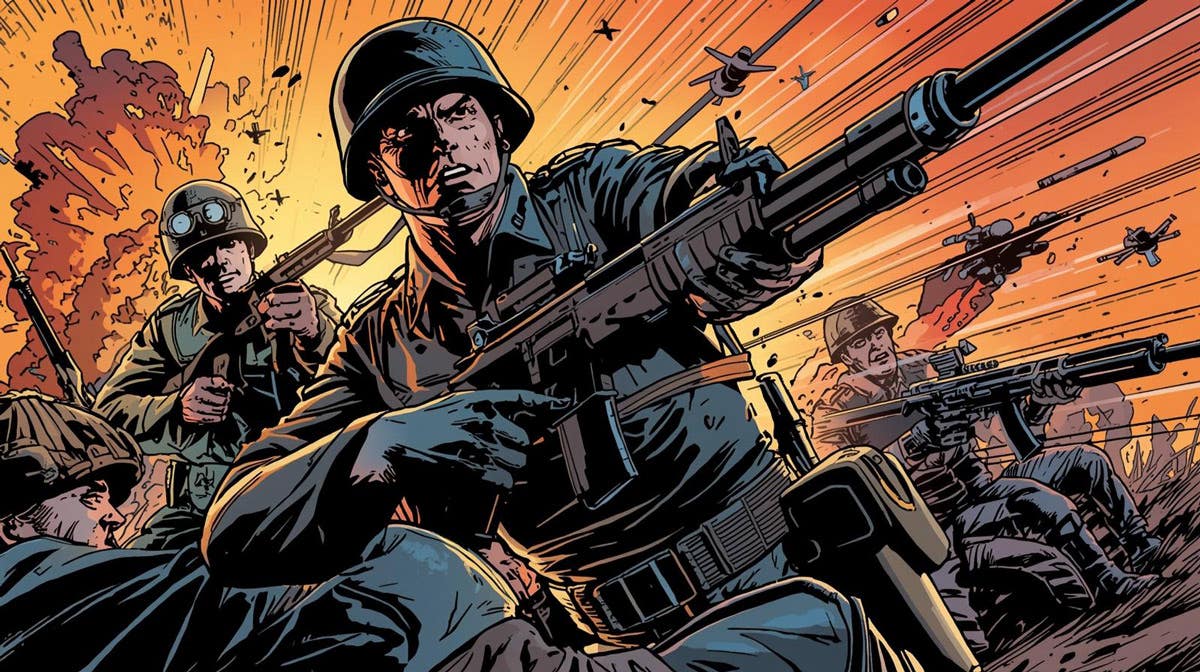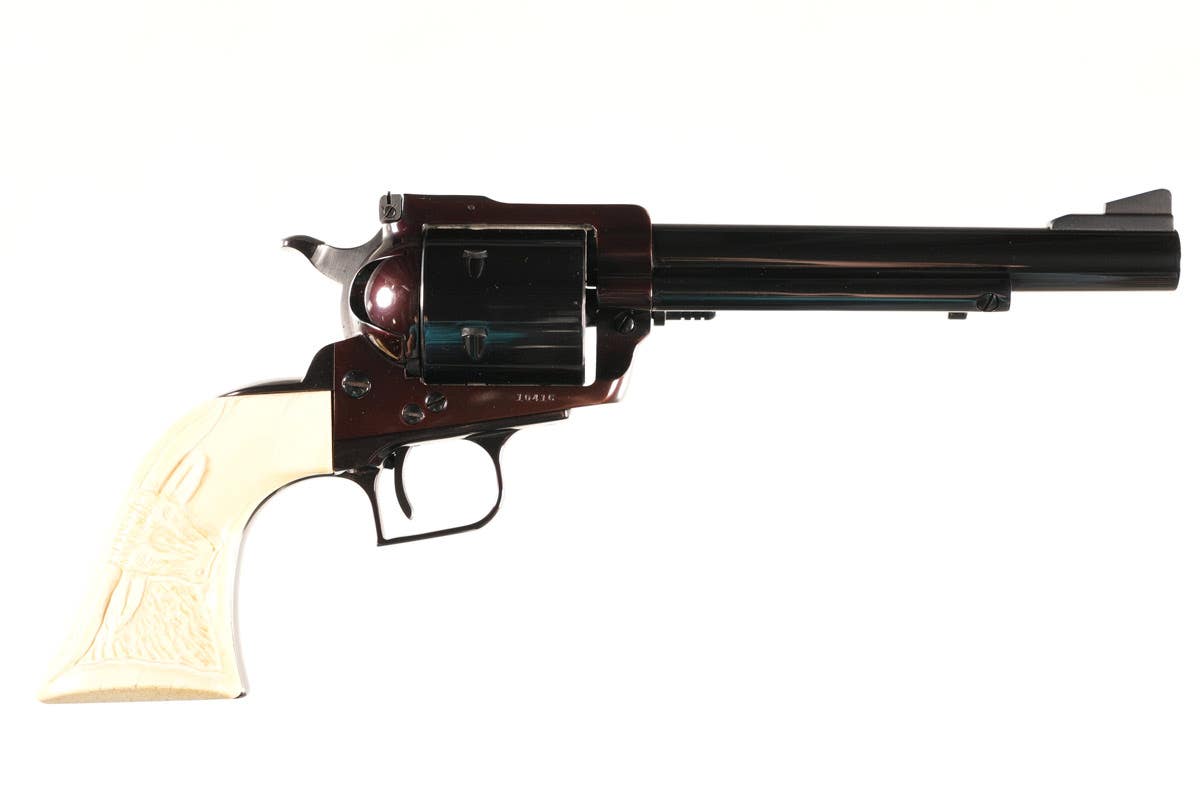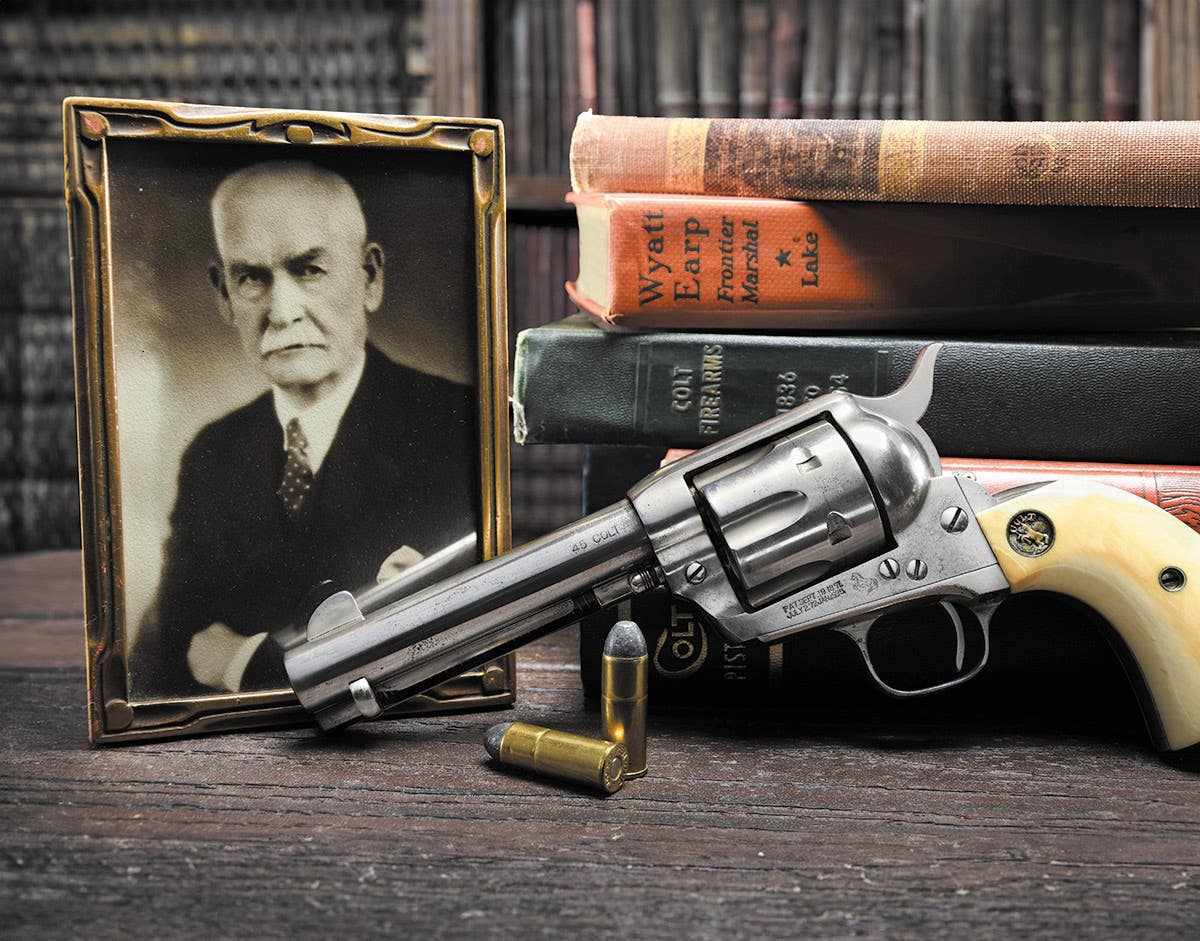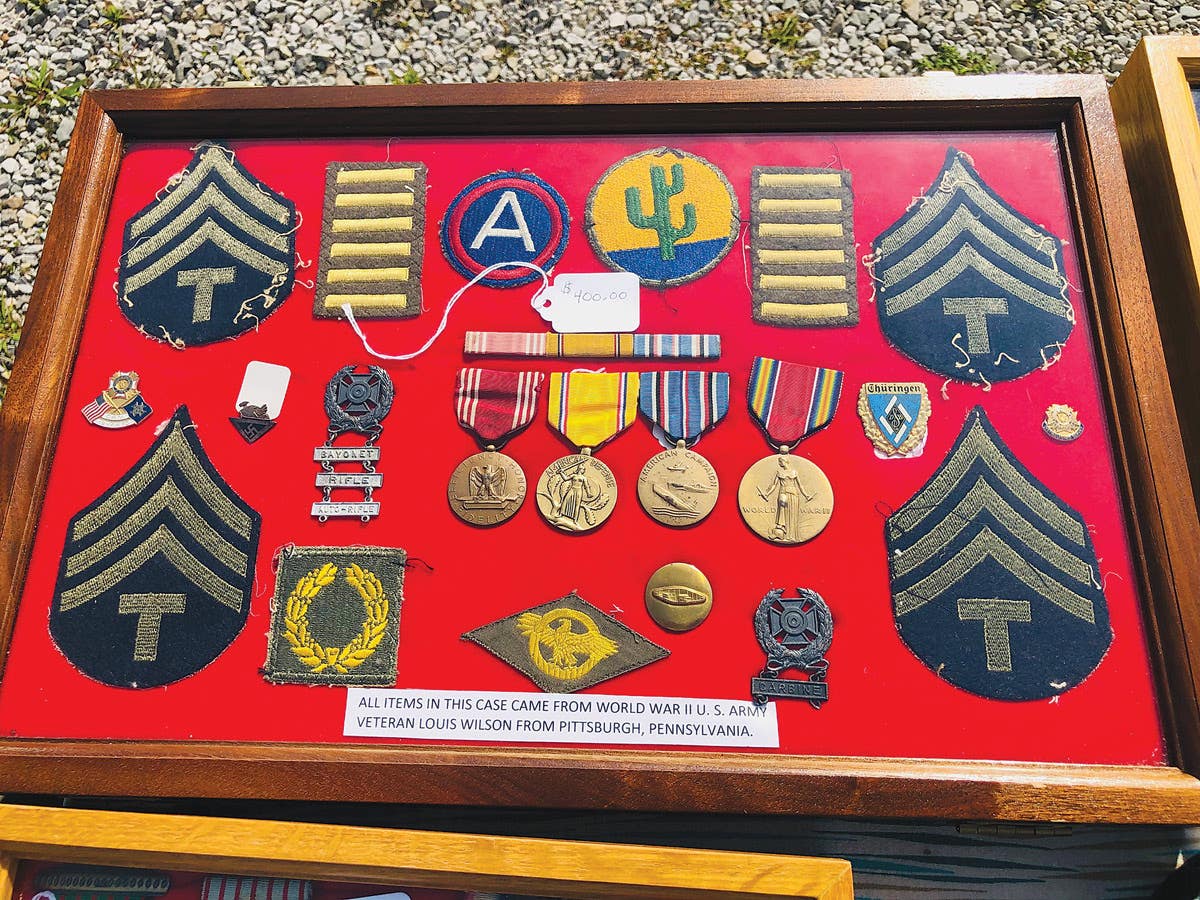When It’s Time to Sell My Collection
Sooner or later, Your Military Relic Collection will Require a new Caretaker
Sooner or later, the day will come when each of us has to decide what do with our collection. Just as important as it is to gather, preserve, and display our military relics, are the plans for their distribution after we are done caring for them. For some, that might be donating to a museum or passing them on to a family member or close friend. Others, though, hope is to sell their collections. Then the question arises, “What is the best way to sell this stuff?”
It is not uncommon for a person who has spent years amassing a collection of military vehicles or relics to be at a loss for how to sell the items. There are many different approaches that leave a person wondering just what is the best way to sell.
Before any sales of items are made, it is best to decide what your goal is in selling the collection. Do you want to maximize revenue? Do you want to dispose of everything in a certain timeframe? These two questions don’t have to be exclusive but the answer to one will affect the outcome of the other.
OF COURSE, YOU WANT TO MAXIMIZE REVENUE
It goes without saying, that when we sell, our primary motive is to maximize revenue. There are instances, however, when this isn’t the case.
Take, for example, the collector who dies and the family just wants the relics to go away. You would be surprised how often this occurs, so I strongly encourage you to devise that exit strategy now, while you are still consuming oxygen!
If that strategy involves taking your time to maximize revenue, than some of your options are selling your collection, piece by piece, on eBay (don’t forget the fees…they add up quickly!); selling at shows (factor in your travel expenses and show fees); selling through your own online site (here, you will need to pay for the url, the site build and maintenance); or the good old-fashioned way — type up a list and mail it out to fellow collectors.
All of these approaches (well, except for the ebay route), will help you control the selling price, and therefore, the revenue. These all take a lot of time, though. Don’t think you are going to sell a 500-piece collection in just a couple of months. It will take you the better part of a year, selling it piece by piece. If you want to maximize revenue on your collection, you must be willing to sacrifice expediency. Top dollar takes time.
OKAY, I WANT TO SELL MY COLLECTION — FAST!
If you feel that time is of essence, and you just want to move the collection on, there are a few paths to do that. One of the obvious methods for quick disposal is to contact a professional militaria dealer and explain that you want to sell your whole collection. If you do that, here a few tips:
1. Take photos of the collection before you contact someone.
This is time well-spent. If the first dealer isn’t interested, the next one will want to see photos.
Don’t waste anyone’s time trying to explain your collection over the phone. We have all heard the parable of several blind men trying to explain an elephant they encountered. Trying to describe a collection over the phone is a lot like those blind men trying to describe something without really seeing it.
2. Make an appointment for the dealer to visit the collection.
When the dealer arrives, let him examine the collection in peace. This isn’t the time to brag about all of your collecting prowess. Chances are, the dealer has traveled some distance to inspect the collection. They are there to do business.
3. Have your items accessible before the dealer arrives.
Don’t waste your time and the dealer’s by having to go to the attic, the basement, the shed or standing there scratching your head as you mutter, “Where did I put that 37mm Pak gun? The more you impose on the dealer’s patience, the less likely you are to get his or her best offer to conclude the deal.
4. If there are items you don’t want to sell, don’t have them out in plain sight!
No one wants to travel hours to buy a collection only to be told that the “Best stuff isn’t for sale.”
5. Resist any temptation to let the dealer cherry-pick your collection.
Make sure it is understood before anyone begins an inspection, this is a “Dealer take all” situation. You don’t want to have someone come in and buy your best pieces, leaving you with the jetsam and flotsam.
6. Have a price in mind…and be realistic.
Dealers who buy collections are generally looking to flip the items, so they need a margin to make it work. Generally, that runs around 60% of retail. Don’t expect them to “make an offer.” The chances are you will feel insulted, and the dealer will have wasted their time.
WHAT ABOUT AN AUCTION?
Many collectors have been satisfied with selling through an auction service. The advantages of an auction include:
a. Everything goes away.
You receive one check when it is all over and accounted for.
b. You don’t have to deal with customers.
The sale can be as impersonal as you want to make it.
c. You get your money in a relatively quick time.
The amount of time is determined in the contract you sign with the auctioneer prior to the sale.
DISADVANTAGES OF AN AUCTION
a. Everything goes away.
You might think that jar of insignia represents thousands of dollars, but the auction house will decide how to best sell it. It could well be they hold it up and say, “Do I hear 10 dollars for this jar of insignia?"
b. An auction is a form of gambling.
You hope everything draws top dollar. Some things will go higher than you expect. There is a darn good chance, however, a whole lot will go for much lower than what you think it is worth.
c. After the sale is all over, you are still going to have to settle with the auction house.
This is generally a pre-determined seller’s premium that can range from 12-25%. That adds up fast. Twenty percent of a $10,000 auction is going to leave you with $8,000 in hand. There is a strong chance it will be less than what you hoped to get for your collection.
I KNOW! I WILL LEAVE IT FOR MY KIDS!
Seriously? Your family has probably tolerated your collecting for years. Do you really believe they want your stuff? Though there may be the occasional passing of the collection to a family member that actually works, these tend to be the rare exceptions.
Most family members who end up with a person’s collection just want to get rid of the stuff. Chances are, they will utilize one of the two methods described above for fast disposal.
We all say we are “caretakers” of the historic items we collect. A serious aspect of care-taking is planning for the disposition of the collection when we are no longer able or willing to curate it.
Take some time and consider your options. If you have an idea that will benefit the rest of us that wasn’t covered here, please take a moment and share it with us. After all, we are all “in the same boat!”
You may also enjoy
*As an Amazon Associate, Military Trader / Military Vehicles earns from qualifying purchases.
John Adams-Graf ("JAG" to most) is the editor of Military Trader and Military Vehicles Magazine. He has been a military collector for his entire life. The son of a WWII veteran, his writings carry many lessons from the Greatest Generation. JAG has authored several books, including multiple editions of Warman's WWII Collectibles, Civil War Collectibles, and the Standard Catalog of Civil War Firearms. He is a passionate shooter, wood-splitter, kayaker, and WWI AEF Tank Corps collector.

